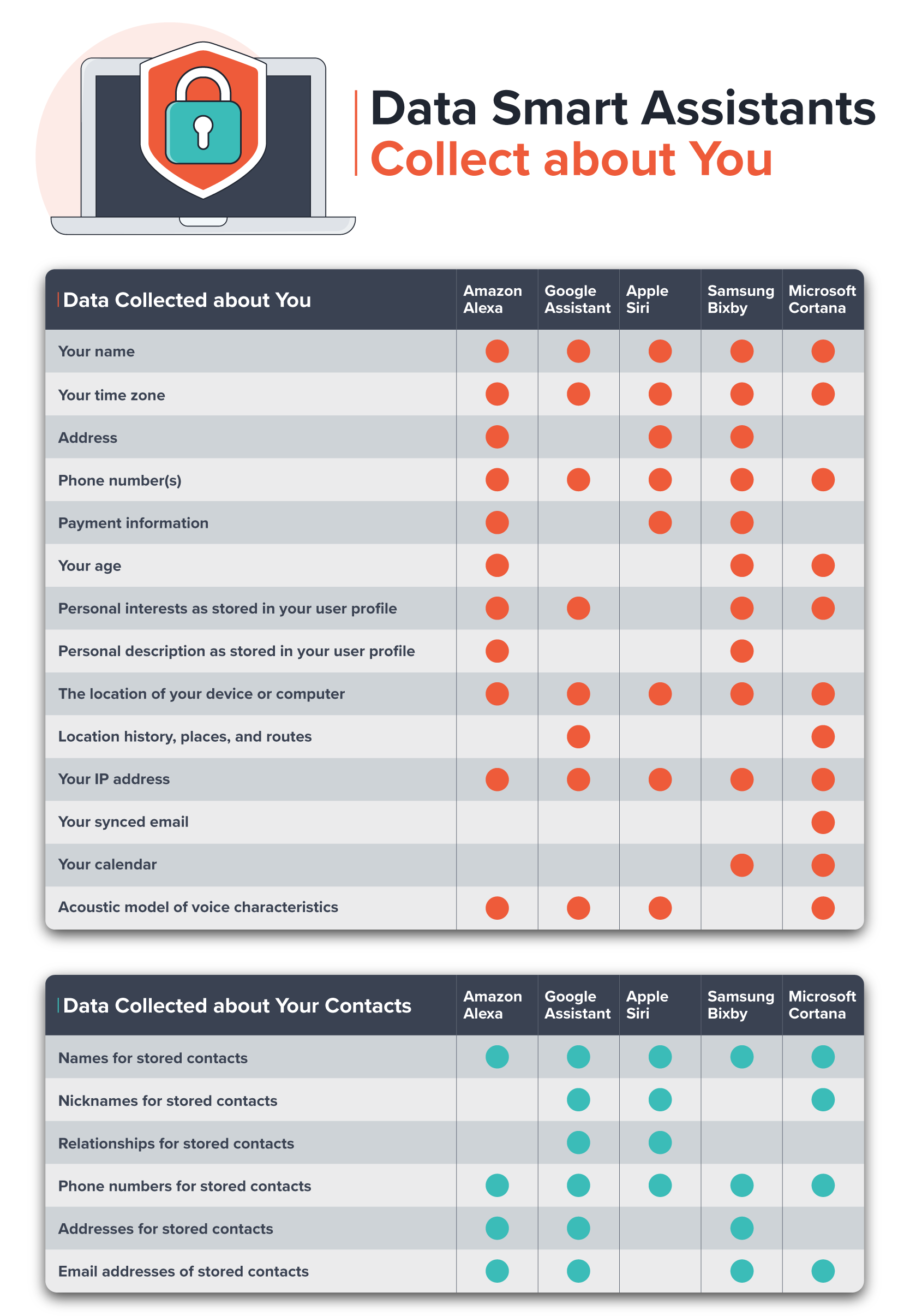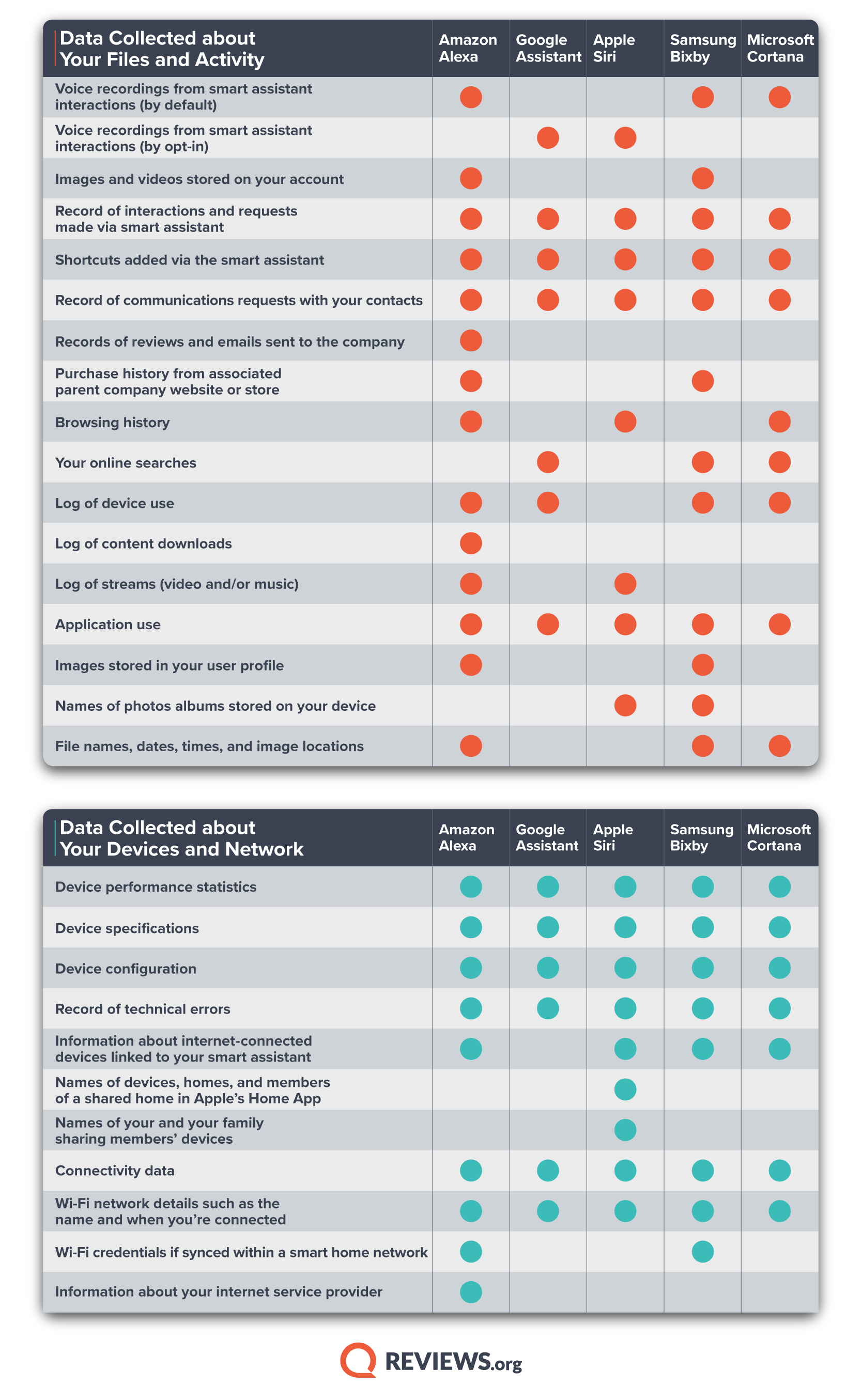Scientists have discovered a new phase of water — adding to liquid, solid and gas — know as “superionic ice.” The “strange black” ice, as scientists called it, is normally created at the core of planets like Neptune and Uranus.
In a study published in Nature Physics, a team of scientists co-led by Vitali Prakapenka, a University of Chicago research professor, detailed the extreme conditions necessary to produce this kind of ice. It had only been glimpsed once before, when scientists sent a massive shockwave through a droplet of water, creating superionic ice that only existed for an instant.
In this experiment, the research team took a different approach. They pressed water between two diamonds, the hardest material on Earth, to reproduce the intense pressure that exists at the core of planets. Then, they used the Advanced Photon Source, or high-brightness X-ray beams, to shoot a laser through the diamonds to heat the water, according to the study.
“Imagine a cube, a lattice with oxygen atoms at the corners connected by hydrogen when it transforms into this new superionic phase, the lattice expands, allowing the hydrogen atoms to migrate around while the oxygen atoms remain steady in their positions,” Prakapenka said in a press release. “It’s kind of like a solid oxygen lattice sitting in an ocean of floating hydrogen atoms.”
Using an X-ray to look at the results, the team found the ice became less dense and was described as black in color because it interacted differently with light.
“It’s a new state of matter, so it basically acts as a new material, and it may be different from what we thought,” Prakapenka said.
What surprised the scientists the most was that superionic ice was created under a much lighter pressure than they’d originally speculated. They had thought that it would not be created until the water was compressed to over 50 gigapascals of pressure — the same amount of pressure inside rocket fuel as it combusts for lift-off — but it only took 20 gigapascals of pressure.
[…]
Superionic ice doesn’t exist only inside far-away planets — it’s also inside Earth, and it plays a role in maintaining our planet’s magnetic fields. Earth’s intense magnetism protects the planet’s surface from dangerous radiation and cosmic rays that come from outer space.
[…]
Source: Scientists discover new phase of water, known as “superionic ice,” inside planets – CBS News







